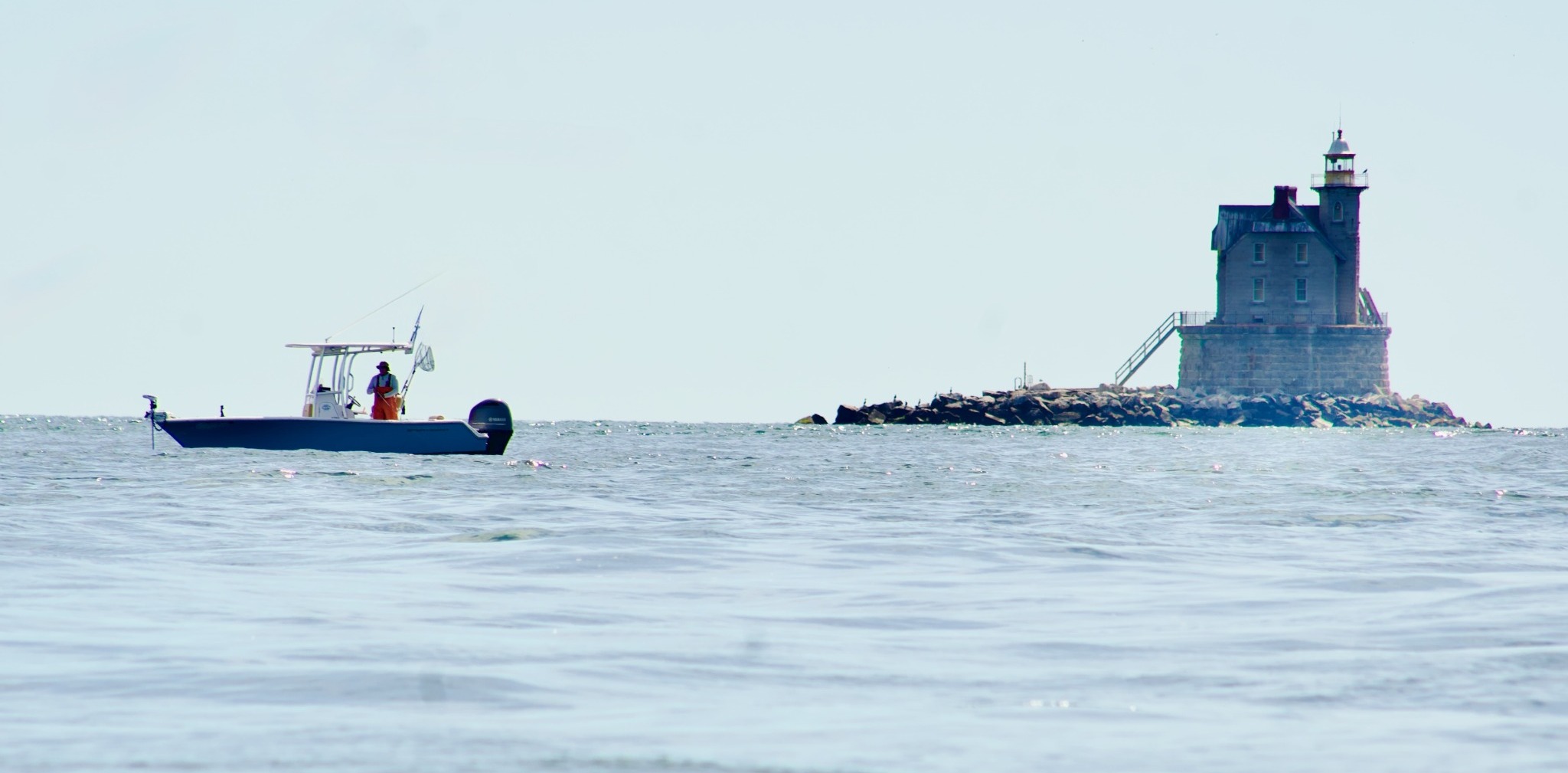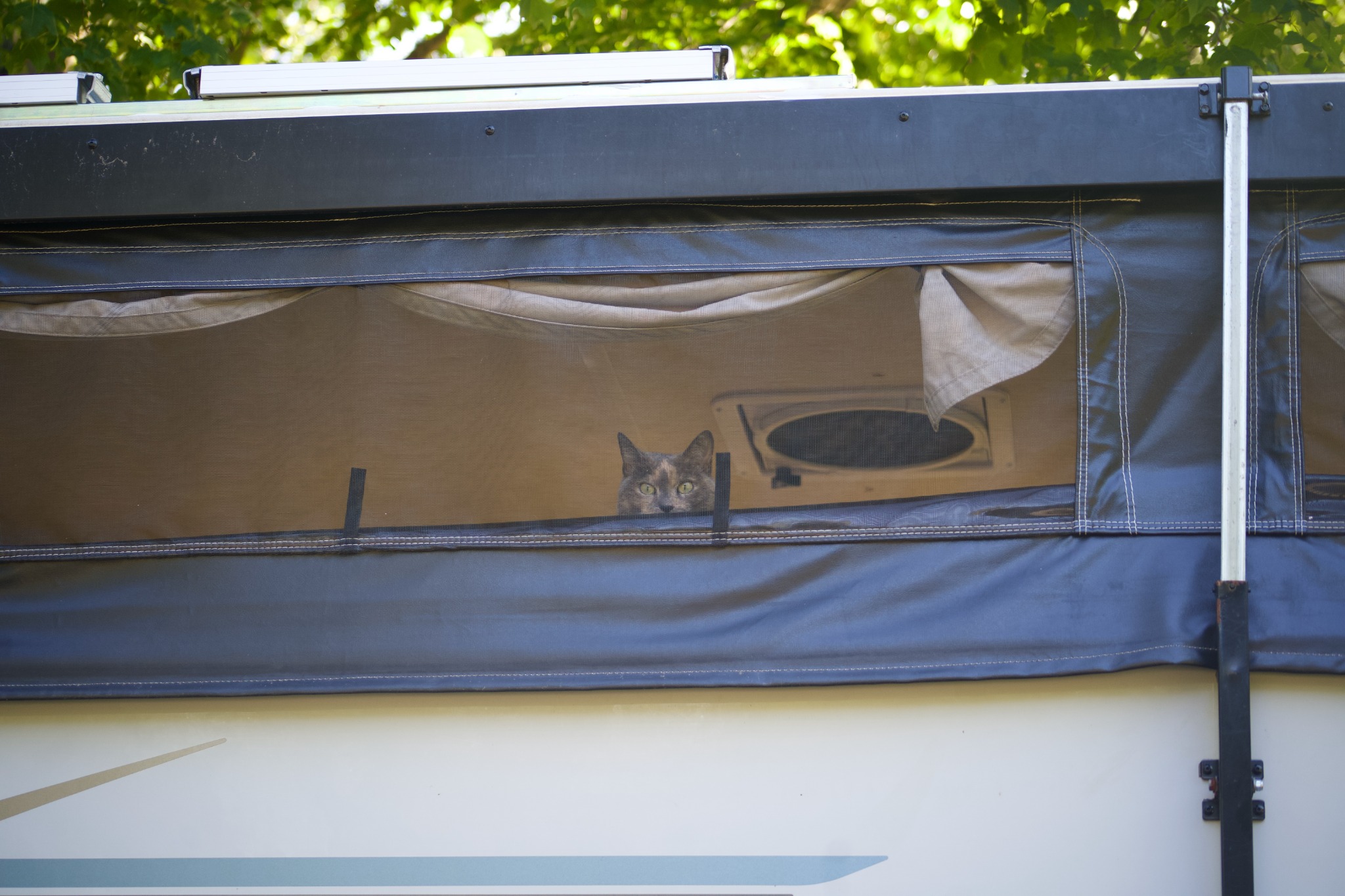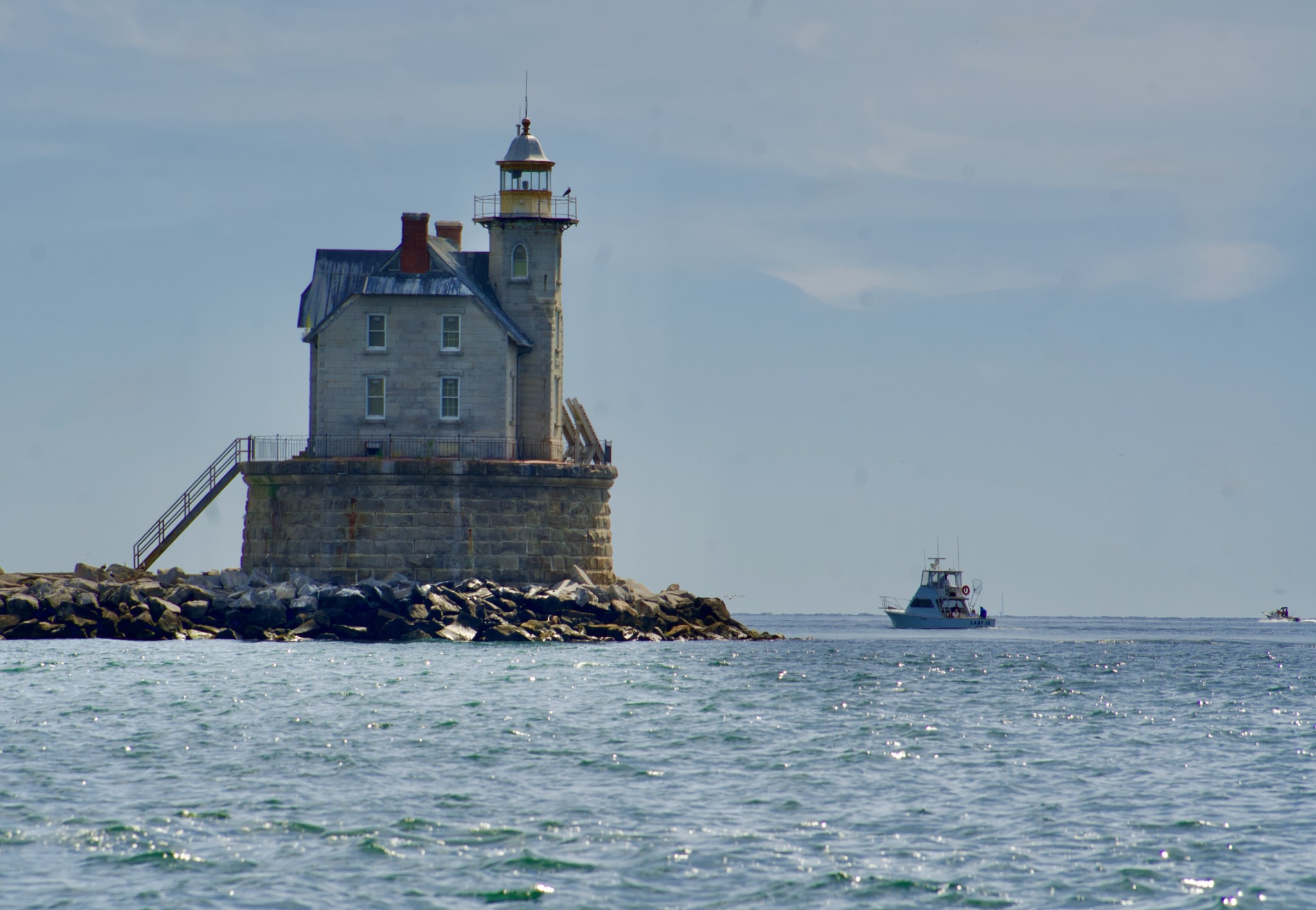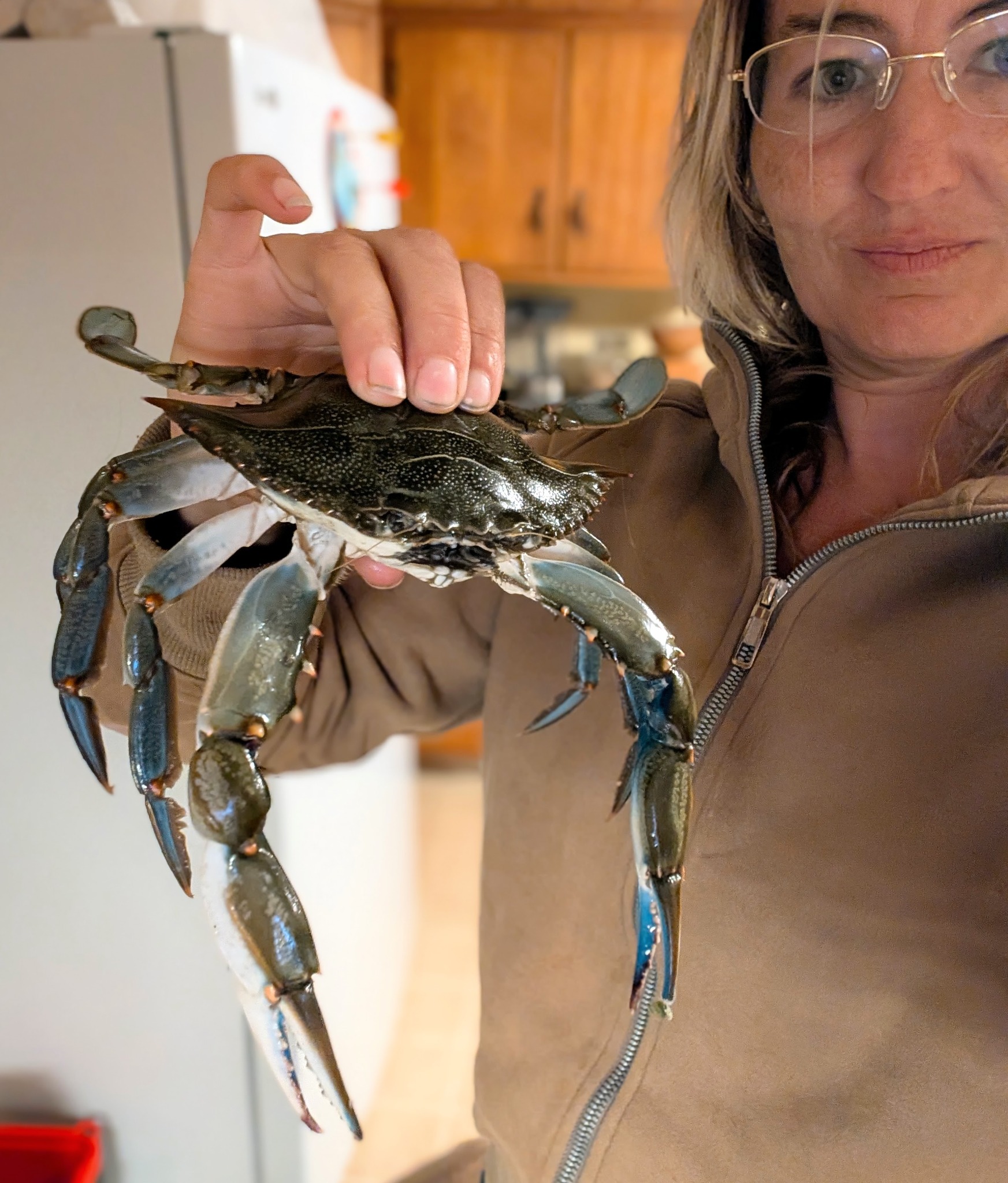
A Truck Camper's Guide to the Solar System
Cavemen spent their days tinkering with sticks and stones, trying to make a spark. The modern man tinkers with circuits and switches. He can also go online and connect with a global community of men who share their mechanical struggles and want to show off their busbars.
With the support of the YouTube amateur electrician community, Ben has succeeded in installing a solar powered system in our truck camper, so we can camp anywhere, any time, without having to plug-in at an RV park every other night. At least that’s the plan.
The modern man can go online and connect with a global community of men who share their struggles and want to show off their busbars.
Throughout this months-long process, I’ve learned to listen to him talk about his problems – not his feelings (those are quickly resolved by swearing and hurling his tools off the top of the camper) but the deep questions that come up for him along his Electrician’s Journey; what kind of battery terminal should we use; what if we actually need a two guage wire, not a three gauge wire?
It’s just like listening to his feelings, except that feelings are interesting. And at the mere mention of circuit breakers my thoughts start to drift away like untethered balloons. For me, feelings are more tangible than electrical systems, which are totally incomprehensible. (It only just dawned on where AC/DC got its name). But that’s actually an advantage, because he’s not looking for solutions, all he needs is for me to listen non-judgementally and validate his thought process as he works out the solutions for himself. All those reflective listening trainings I attended when I was a family support worker are finally paying off. Sometimes I even come out with an ace reflective statement, like, “Sounds like you think it’s worth it to install a 3m pressure plate controller even though you’ll have to order more M5 eye lug terminals.”

The first big test of the new solar system was our five day trip to Rocky Neck, CT, where the state campground does not offer sites with electric hookups. Compared to Salisbury State Reservation and other RV campgrounds we’ve stayed at, this was like going from the city to the suburbs, spacious campsites clustered around an open field where families played soccer and frisbee. Ben backed the rig smoothly into its spot without me having to get out and scream and wave wildly every time he got too close to an overhanging tree branch, parked car, or unsupervised dog or toddler. At Salisbury, Allie was a little nervous leaving the camper. Although she’s very friendly and well-adjusted, she is a country cat, and prefers not being hemmed in on all sides by unpredictable strangers and their unpredictable dogs. In Rocky Neck, she felt perfectly at home, which is ironic because pets are not technically allowed. She was even unfazed by the flock of Canada Geese who arrived every morning to defecate en masse in front of the bathhouse.
Unfortunately, Rocky Neck State Park does not have its own boat launch, so we had to drive about ten minutes to the Niantic River Boat Launch, which has a very proper ramp. We did have to navigate a shallow channel through “the gut” into the bay, passing under an imposing steel drawbridge where the Amtrak crosses on its way to New York City. The railway has certainly made Niantic the destination that it is, but every time we drove through town we couldn’t help lamenting the chainlink fencing and overhead wires interrupting the water views and spoiling any seaside village fantasy. Maybe the New Yorkers find it reassuring to stay within sight of the steel umbilical cord that connects them to their urban life blood.
Once again we found that the maritime forecast only vaguely correlated with the actual conditions on the water. One minute we’re gliding comfortably over long, undulating swells, the next we’re bumping over 2-foot chop, clutching the rails to keep from chin planting on the dashboard every time the bow slams down on the surface, cold salt spray spitting back in our faces. In the calmer moments we tried our luck fishing at Bartlett Reef, Race Rock Light House and Seal Rock. All we caught was a few Porgies and a couple Black Bass that were too small to keep. In retrospect, it was just as well. Larger fish from Long Island Sound can have unsafe levels of mercury and PCBs.

We did catch some unexpected treats back at the State Park. Right across the street from the beach parking lot, a brackish creek flows under a pedestrian bridge, the perfect habitat for blue crab. We hadn’t even brought our crab traps, but we fixed some chicken legs to fishing line tied them to the bridge railing so they dragged on the bottom. Every few minutes we’d check the lines, which were usually found them swarming with crabs. Most of them were smaller than the 5-inch legal limit, and the big ones were big for a reason; they clung tight to the chicken, tearing at the flesh, as we gently pulled the line toward the surface, then dropped off at the last possible second. But the hardest part was getting them out of the net and into the cooler without loosing a fingertip.

But wherever we found ourselves, on land or sea, Ben could whip out his cell phone and check exactly how many watts of power the solar panels were generating and what percentage each battery was charged. It was a triumph of amateur electrical engineering – until the very last day, when they mysteriously stopped charging. Ben went into a funk of frustration, disbelief, beer, cheese and blue crab – that lasted until after we got home and discovered that it was just that the solar panels were fully charged.
Post a comment